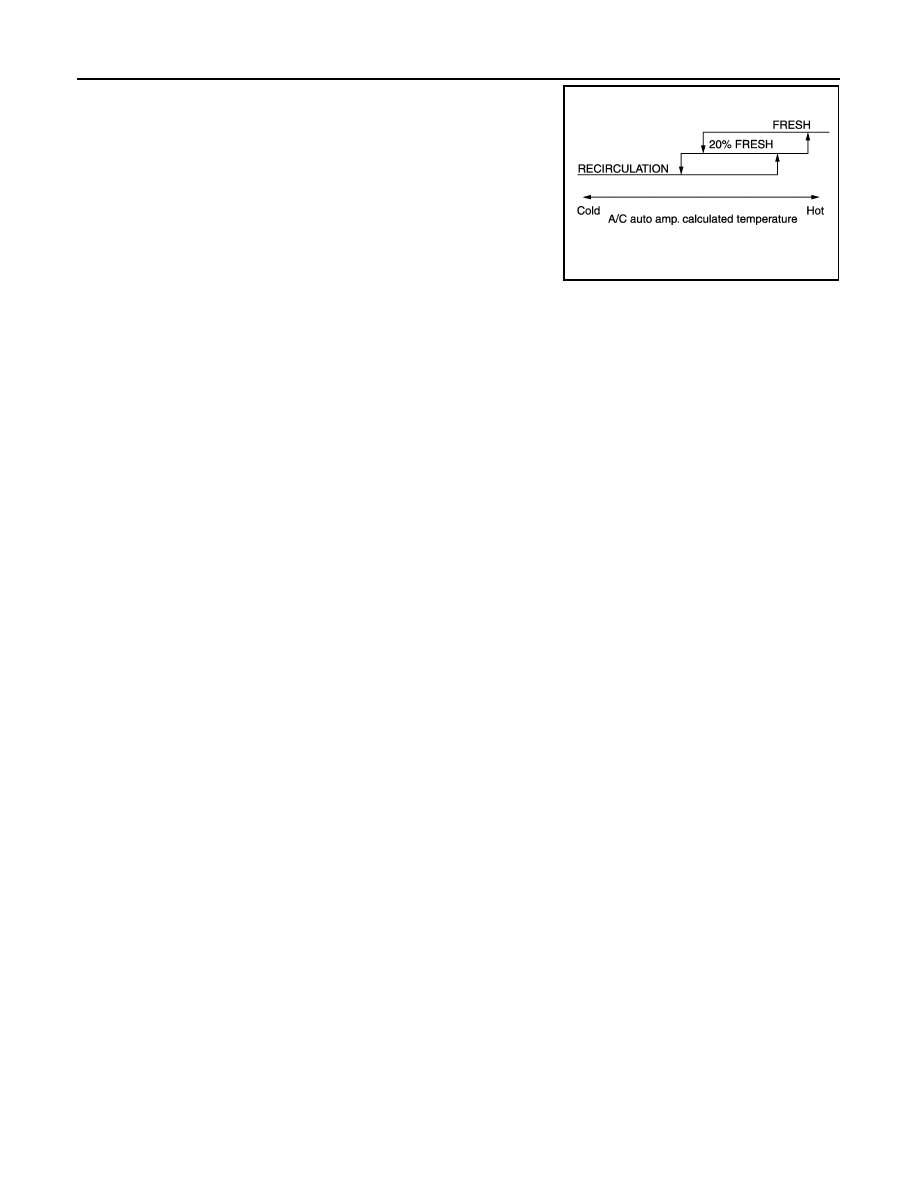Nissan Maxima. Manual - part 737

HAC-124
< SYSTEM DESCRIPTION >
[WITH MONOCHROME DISPLAY]
INTAKE DOOR CONTROL SYSTEM
Intake Door Control Specification
JPIIA0634GB
|
|
|

HAC-124 < SYSTEM DESCRIPTION > [WITH MONOCHROME DISPLAY] INTAKE DOOR CONTROL SYSTEM Intake Door Control Specification JPIIA0634GB |